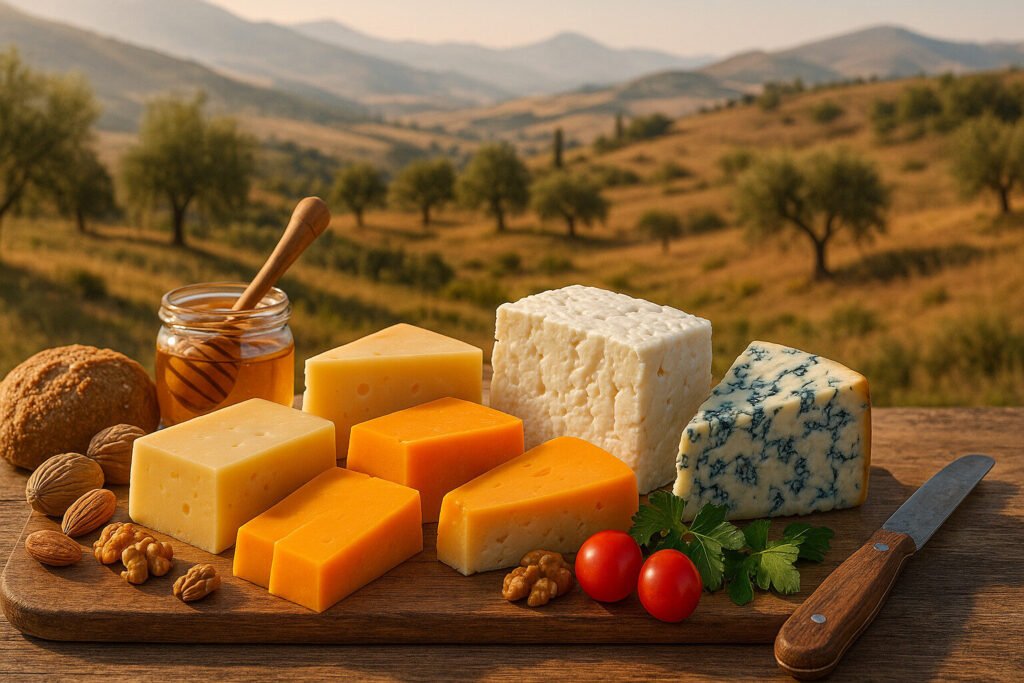Cheese Of West Asia
Definition and Scope
West Asian cheese encompasses dairy products originating from the region spanning Turkey to Iran. These cheeses reflect ancient pastoral traditions and diverse animal milks including sheep, goat, and water buffalo. The category includes brined, stretched-curd, and aged varieties with distinct regional identities.
Geographical scope covers modern nations like Turkey, Lebanon, Syria, Israel, and Iran. Production methods preserve historical techniques adapted to local climates and cultural practices. Many West Asian cheeses feature high salinity for preservation in warm climates.
Production Methods
Traditional West Asian cheesemaking often utilizes raw milk and animal rennet. Brining is a dominant preservation technique, creating characteristic salty flavors and semi-firm textures. Stretched-curd cheeses like Halloumi undergo unique heating and kneading processes.
Many varieties undergo dry-salting or brining for several weeks before consumption. Aging periods range from fresh cheeses consumed within days to aged varieties maturing for months. Production frequently occurs in small-scale facilities maintaining artisanal methods.
Sensory Profile
West Asian cheeses typically present pronounced salty and tangy flavor profiles. Textures vary from crumbly Feta to elastic Halloumi, often with noticeable graininess. Many varieties develop complex umami notes through brining and aging processes.
Aromas range from mild and milky in fresh cheeses to pungent in aged varieties. The region’s cheeses commonly exhibit white coloration and minimal rind development. Brined types maintain moist surfaces while developing crystalline structures.
Culinary Applications
West Asian cheeses serve essential roles in meze platters and breakfast spreads. Grilling properties make Halloumi and similar cheeses ideal for pan-frying or barbecuing. Crumbled varieties like Beyaz Peynir commonly garnish salads and baked goods.
These cheeses feature prominently in traditional dishes including borek, manakeesh, and various flatbreads. Their salt content often eliminates need for additional seasoning in recipes. Melting characteristics vary significantly between fresh and aged varieties.
Regional Examples
Turkey produces Beyaz Peynir, a brined cheese similar to Feta, and Tulum, aged in goat skins. Lebanon contributes Ackawi, a semi-hard brined cheese, and Shanklish, a fermented variety rolled in herbs. These represent distinct local traditions within the broader category.
Israel developed Safed and Bulgarian cheese adapted from immigrant traditions. Iran produces Lighvan from sheep’s milk and distinctive whey-based cheeses. Each nation maintains unique production methods while sharing fundamental technical approaches.

